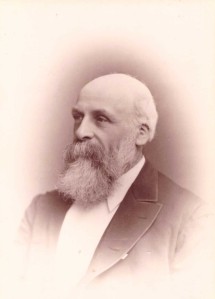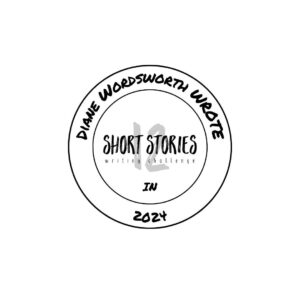
This is my second diary of a non-fiction book, although the first was never completed. It got a bit busy and I didn’t have time to update it. So I’m going to try again with this one.
I’ve already done some work on The Life of Richard Cadbury, so this initial diary post will include that.
The idea
The idea for a biography of Richard Cadbury came to me while I was researching A History of Cadbury. He seemed such an interesting and generous fellow, and yet there was hardly anything about him in print. A biography written by his daughter Helen in 1906 was now out of print, and there were hardly any photographs of him in the Cadbury archive.
But, I had a book to finish before I could even float this new idea to the publisher – I find it’s always better to offer them something new when you have already successfully submitted something to them. However, on this occasion, I waited until after publication when we had already received some good and favourable publicity.
Idea brainstorming will be included in the published book of this diary.
The initial approach
I had several ideas for new books in the end, so when the publisher dropped “Next…?” into an email, I sent the four suggestions straight back:
- another sweet manufacturer
- a crisp/snack manufacturer
- a social history/genealogy topic
- a biography
The first two were never mentioned again, so those have been shelved for now. But he did prick up his ears on the latter two. And as I already had a lot of research material on the latter, that’s the one I decided to send.
I fleshed out the idea a little more, deciding what to concentrate on and include.
An exercise on fleshing out and slanting basic ideas will be included in the published book of this diary.
The book proposal
I now have a very good template that I use as a base for book proposals. It seems to have everything a publisher needs to know and much of it (my own story, for example) stays the same every time.
I prepared a 3-page proposal based on this template, fleshing out ideas for 10 chapters plus all the front and rear matter. It includes marketing suggestions, target number of words (40,000), expected number of pictures (not many …), suggestions for someone to write a foreword, anticipated delivery time (contract + 6 months), and so on.
Then I wrote my cover letter, which is very polite, thanking them for considering the proposal and telling them that the proposal is enclosed.
Because this was another book with a Cadbury theme, a hard copy went out with bars of chocolate included in the envelope. And we delivered the package by hand.
A sample book proposal will be included in the published book of this diary. It might even be this one.
The contract
The publisher very quickly let me know that he liked this book proposal and that a contract would be in the post. The contract did indeed follow, by email, within only a few days.
However, they wanted 70,000 words. Okay, I could probably stretch to that. And they wanted 32 images. Hmm, that might be a problem, but I could let them know as I went along how likely or unlikely this would actually be. I changed a suggested tagline to “to follow” and initialled it, then I signed two copies of the contract and sent them both back.
There then followed a short hold-up. Some of it was down to me. Some of it was down to outside influences. And some of it was down to pure workload at the publisher’s end. But the signed contract was returned to me at the beginning of May 2019, and a proposed submission date of 1 September 2019 was duly moved to 30 October 2019.
A sample basic contract will be included in the published book of this diary.
Next
The next diary post will cover initial research.















